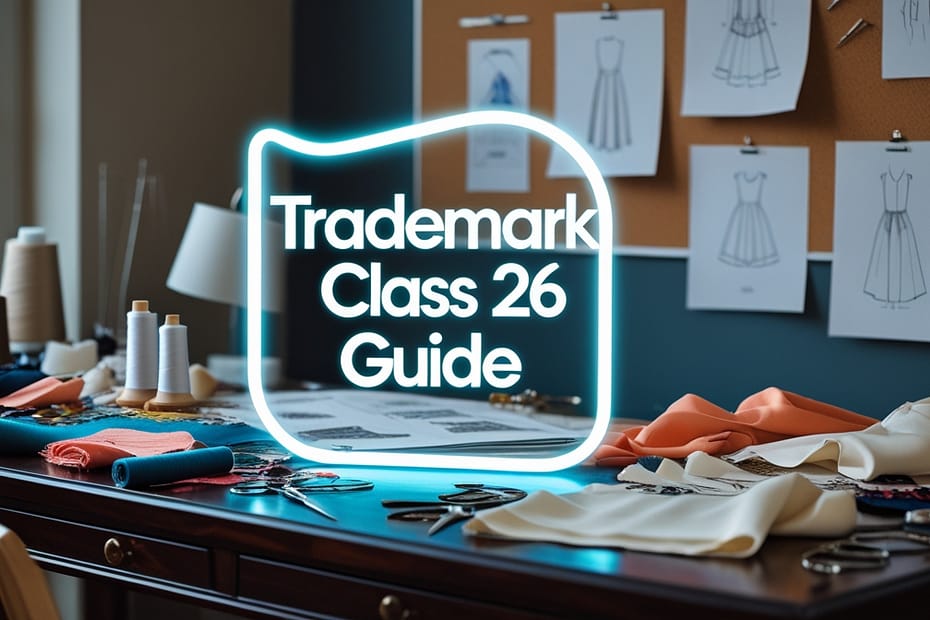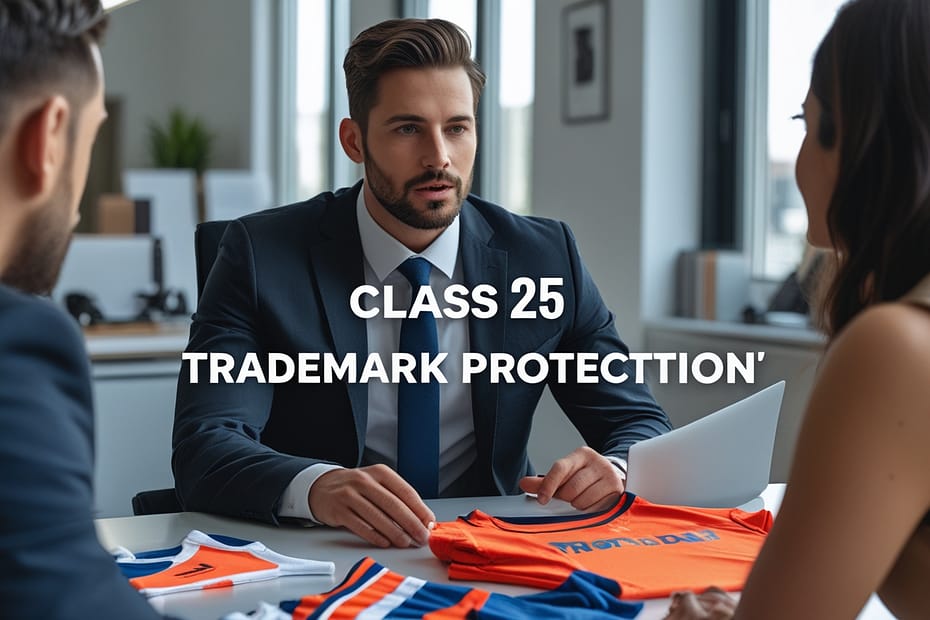What Is Trademark Class 26? Complete Guide for Accessories and Sewing Supplies
Introduction In the fashion and textile world, brand identity is just as important as product quality. From a trendy clothing label to a brand that sells sewing supplies, every business needs to protect its uniqueness.… What Is Trademark Class 26? Complete Guide for Accessories and Sewing Supplies










